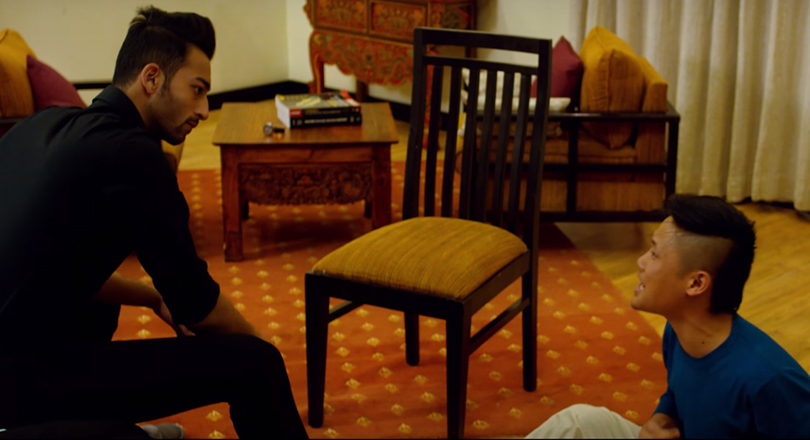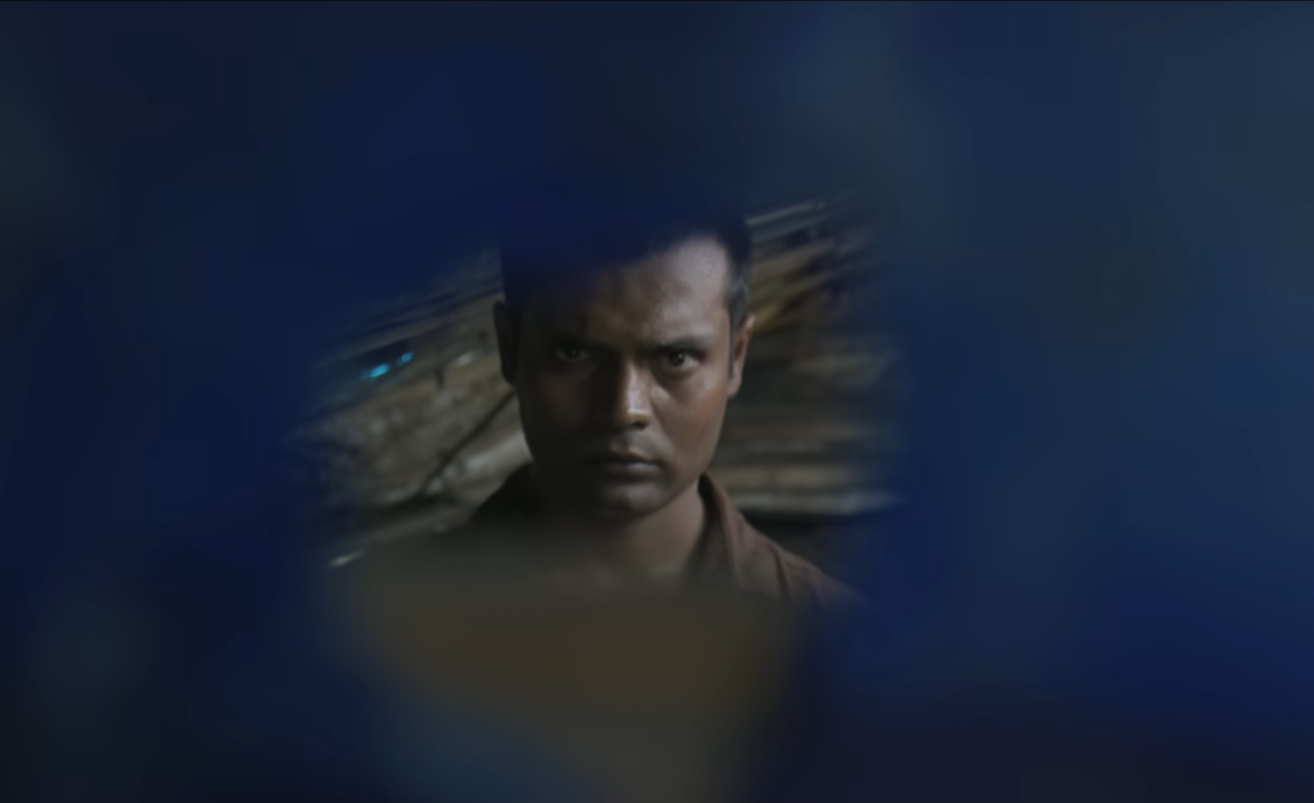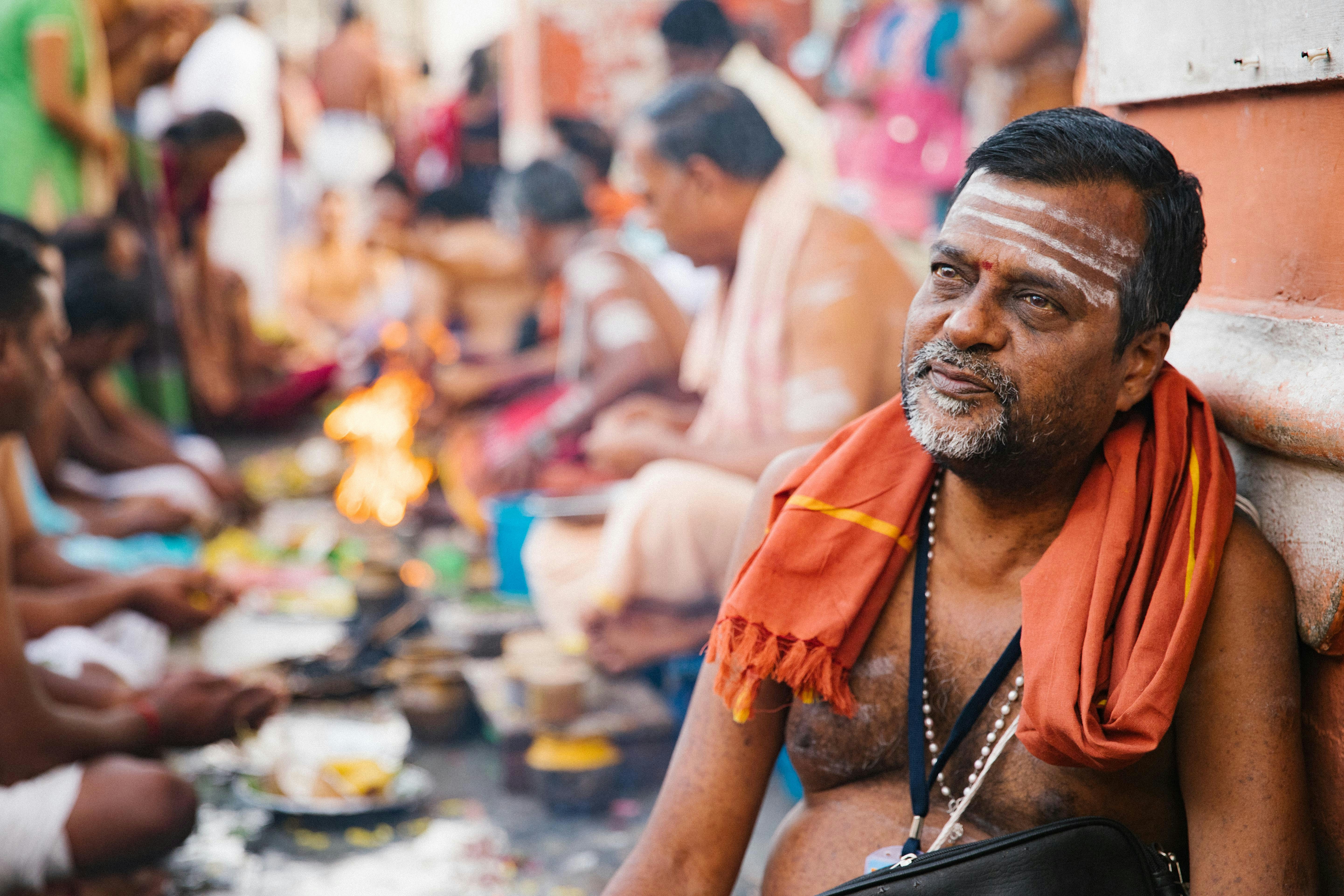
Chapali Height 2 tells the story of a privileged group of Kathmandu youth. Photo: Arjun Kumar Films
Like most modern Nepali films, director Dipendra K Khanal’s Chapali Height 2 finds fodder in contemporary culture. This is different from the movies from the early days of Nepali cinema when conflict arose from the disparity in social classes in our villages.
The popular tropes of the ruthless zamindar and the doting mother shaped the contemptuous hero, who had deep roots in the hierarchy of cast and the distribution of class. Definitely, all these variables were staged, and distorted, but they were essentially a reflection of the times, in varying intensity.
Interestingly, Chapali Height 2, which tells the story of a privileged group of Kathmandu youth, brings to fore disparities (more on that later) that are equally contemporary, but distressing nonetheless.
While a savvy cast, conscious voyeurism and good pre-release hype might appeal to audience initially, trite pop psychology, staggering exhibtionism and (an unintentional?) subversive profiling eventually makes the movie an insensitive display of excesses with minimum scope for cinematic merit.
In the movie, Abhiman Jung Shahi (Ayushman Deshraj Joshi, a remarkable range for a debutante), plays an entitled charmer, who is willing to reform his promiscuous lifestyle for Akriti (Mariska Pokharel), a doe-eyed doctor he is pursuing, only to have his incriminating past upset the lives of everyone involved.

… the only perspective, with which we see the lives of these characters, is through a peeping hole of voyeuristic obsession.
As far as disparities to go, the most striking is the frivolities that rule these youth, the sort that only comes with entitlement. Granted that these privileges are distorted for the movie’s advantage, it would have been acceptable to some degree only if the story had a bigger scope and understanding of the youth culture. Then it would have served as an apt commentary of the modern times.
Instead, the only perspective, with which we see the lives of these characters, is through a peeping hole of voyeuristic obsession.
In another example of Nepali filmmakers getting away with appalling insensitivity, this neglect of a broader awareness interestingly turns into a tacit exercise in microaggressions towards the British Gurkha community.
The subtlety of the casual racism to follow is established at the very beginning when Abhiman assures his position in the dynamic between his ‘best’ friend Bullet (Rear Rai as the half-witted caricature of Mongoloids in recent Nepali cinema; a new trope?) as superior, and that he has taught him the ‘class’ which his heritage didn’t ‘predispose’ him of.
Of course, this is coming from the same person, who refers to girls as ‘underwear’ and exclaims “I want that one!” at the sight of a prospective partner. Granted that comedy does not exist without someone taking its brunt, these banters soon turn into microaggressions towards an entire community in the severity of the comment and its repetition.

Ayushman Deshraj Joshi and Rear Rai in the movie. Photo: Arjun Kumar Films
On the underlying racism in DW Griffith’s The Birth of a Nation, film theorist Tom Gunning once wrote that although the movie may not be entirely accurate, it does, however, “painfully, and even unintentionally indicate the sorts of hysterical anxieties and aggressive fantasies that underlay American racism.”
Is Chapali Height 2 venial to the lack of sensitivity towards an entire community? Although urgent, the question may not find traction in the face of the movie’s many other shortcomings.
***
Read also
‘Mohenjo Daro’ movie review: Caught in its own grandiosity
‘Suntali lai Bhagai Lagyo Jhilkeley’ movie review: Unwilling to let go of past
























